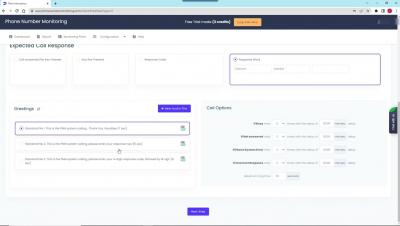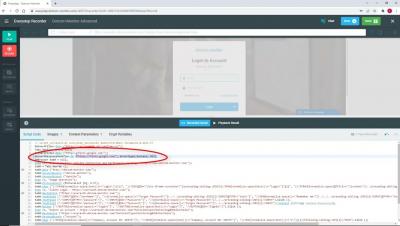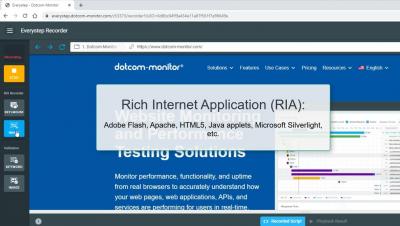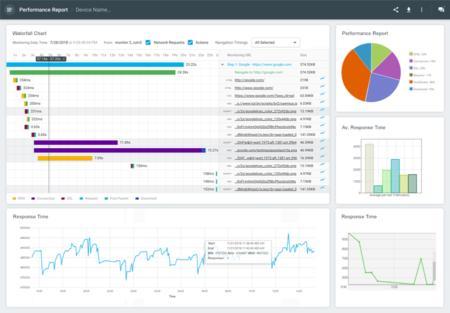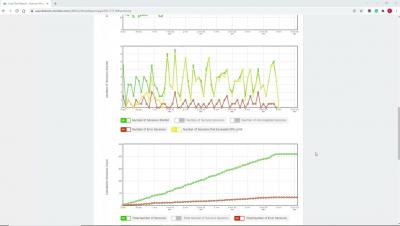The Importance of Uptime for Your Website
Business operations have been revolutionized by the advent of web-computing services. Many organizations now look to decrease or eliminate expenditure, increase efficiency, and maximize profits by moving their processes online because of the unmatched flexibility and ability to scale the cloud affords them. With this sea-change to online, cloud-based operations for businesses has come a new challenge: availability.




